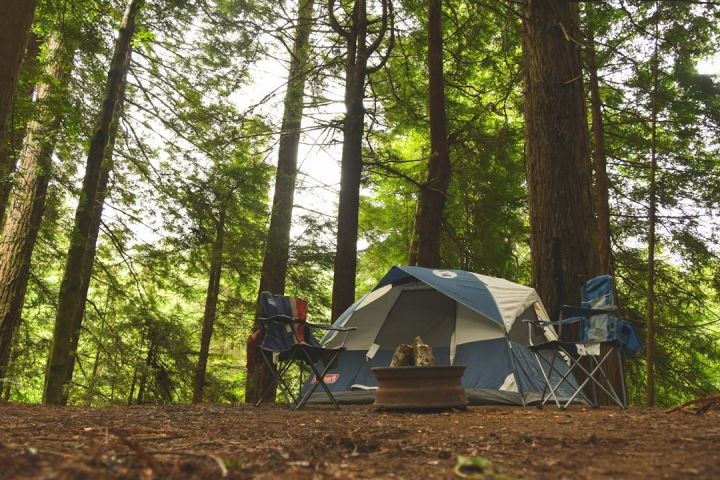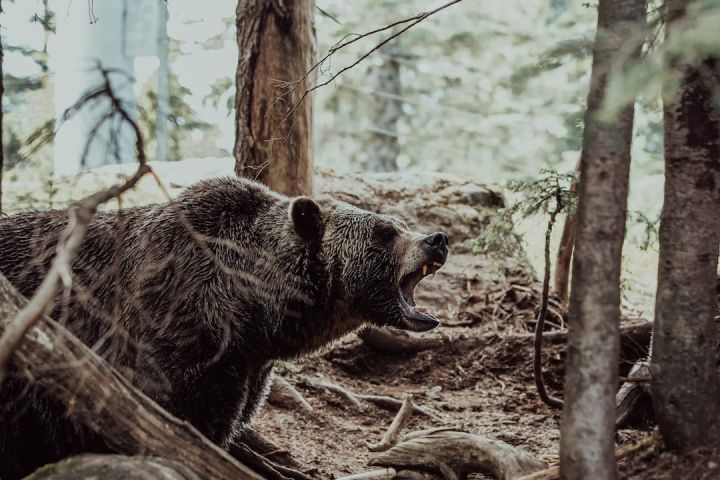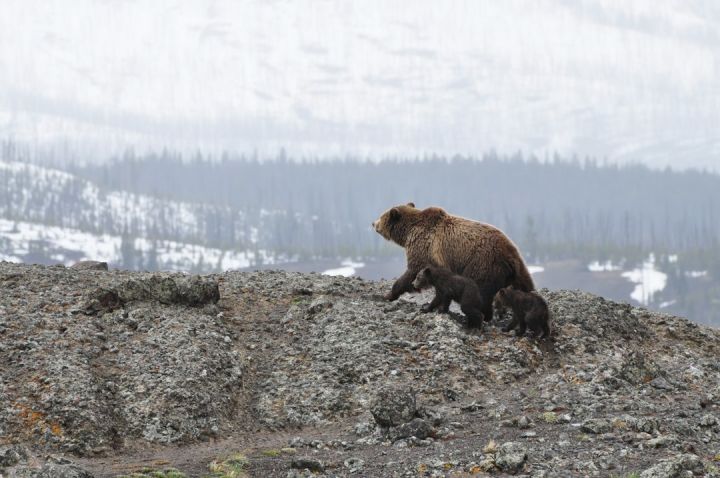What Are the Recommended Hiking Groups Sizes in Bear Country?
What Are the Recommended Hiking Group Sizes in Bear Country?
When venturing into bear country, it is essential to take precautions to ensure your safety and the safety of the wildlife. One important consideration is the size of your hiking group. The question arises: what are the recommended hiking group sizes in bear country? In this article, we will explore the reasons behind these recommendations and how they can help mitigate potential risks.
The Concept of Safety in Numbers
One of the primary reasons for recommended hiking group sizes in bear country is the concept of safety in numbers. It is believed that larger groups are less likely to be targeted by bears, as they are seen as more intimidating and less vulnerable. The presence of multiple individuals can deter a bear from approaching, reducing the risk of an encounter.
The Ideal Group Size
While there is no one-size-fits-all answer to the ideal hiking group size in bear country, experts generally recommend a minimum of four individuals. This number is based on the assumption that a group of four or more is more likely to deter a bear than a smaller group. However, it is important to note that larger groups may not necessarily provide added protection, as they can potentially be more disruptive to the environment and increase the chances of encounters.
Factors Influencing Group Size
Several factors can influence the recommended hiking group size in bear country. These include the type of bear species present, the density of bear population, and the specific trail or area being visited. For example, if you are hiking in an area known for its high density of grizzly bears, it may be advisable to have a larger group size. On the other hand, if you are in an area with a lower bear population, a smaller group size may be sufficient.
Considerations for Solo Hikers
Solo hiking in bear country can be a thrilling experience, but it also comes with added risks. While it is not recommended to hike alone in bear country, if you choose to do so, it is crucial to take extra precautions. Inform someone about your plans and expected return time, carry bear spray, and familiarize yourself with bear behavior and safety protocols. Additionally, consider joining local hiking groups or seeking guided tours to minimize the risks associated with solo hiking.
The Role of Noise and Visibility
Aside from group size, other factors can also contribute to reducing the risk of bear encounters. Making noise while hiking can alert bears to your presence, giving them the opportunity to avoid you. This can be achieved by talking, singing, or using bear bells. Additionally, maintaining good visibility by staying on designated trails and avoiding dense vegetation can help prevent surprise encounters with bears.
Conclusion: Prioritizing Safety in Bear Country
In conclusion, when venturing into bear country, it is crucial to prioritize safety. Recommended hiking group sizes aim to provide a balance between deterrence and minimizing environmental impact. While there is no foolproof formula, larger groups are generally believed to be more effective at deterring bears. However, it is important to consider various factors, such as bear species and population density, when determining the ideal group size. Solo hikers should exercise additional caution and consider joining hiking groups or seeking guided tours. By following these recommendations and being aware of bear behavior and safety protocols, you can enjoy your hiking experience while minimizing the risks associated with bear encounters.






